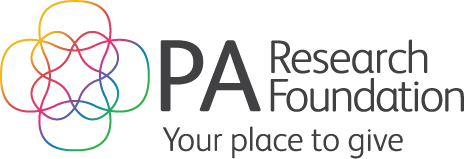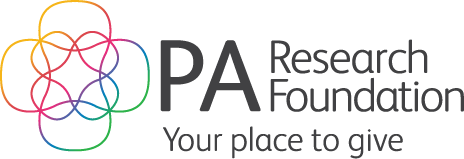An expensive hobby to some, a bizarre machine to others – 3D printing has found purchase within the medical work of the PA’s Radiation Oncology Department.
Whilst at first glance, the benefits of this machine within a medical context might seem unclear, Specialist Planning Radiation Therapist Simon Brown and Radiation Therapist Gordon Lu posit that the unpredictability of 3D printing is exactly the reason it is of such tremendous value to their department and their work.

THANK YOU: Specialist Planning Radiation Therapist Simon Brown & Radiation Therapist Gordon Lu are grateful for the newly acquired 3D printer.
“The core use of the machine is to make Bolus, which goes over a patient's skin while they're having treatment if they need radiation for skin cancer or superficial disease. The big benefit of this is it's far more accurate than what we can do manually. It's probably more comfortable for patients as well," Simon says.
“We can create more complicated shapes now using this rather than what we did previously. Now we can do complex geometries for the patients pretty easily.





